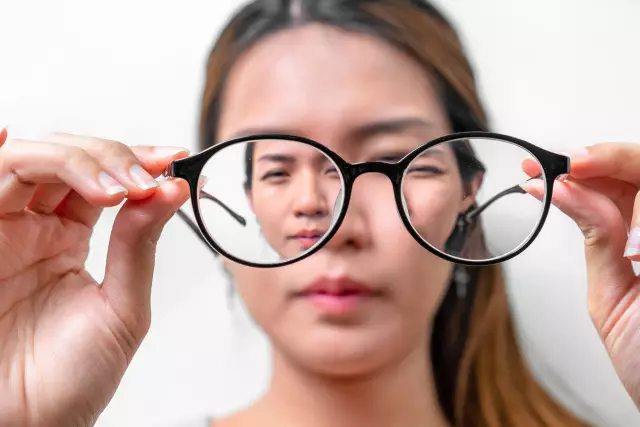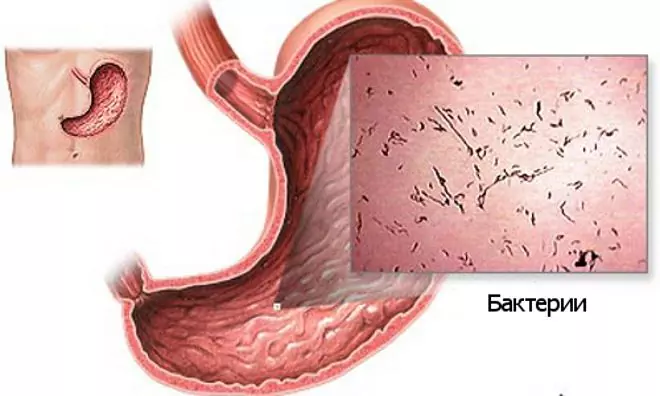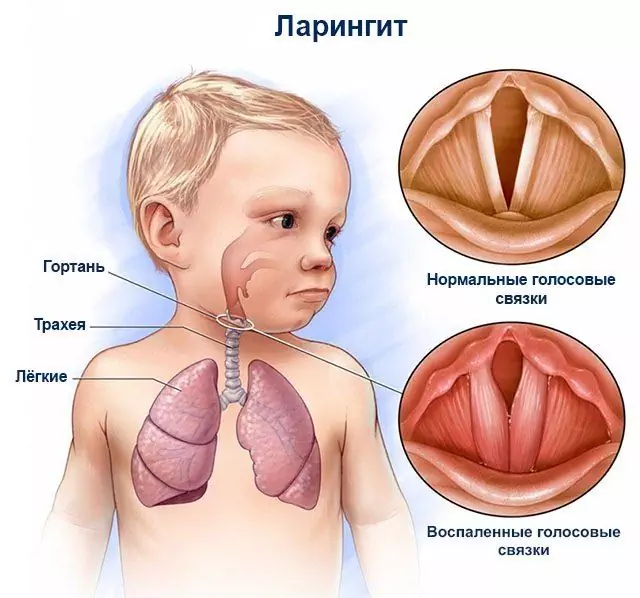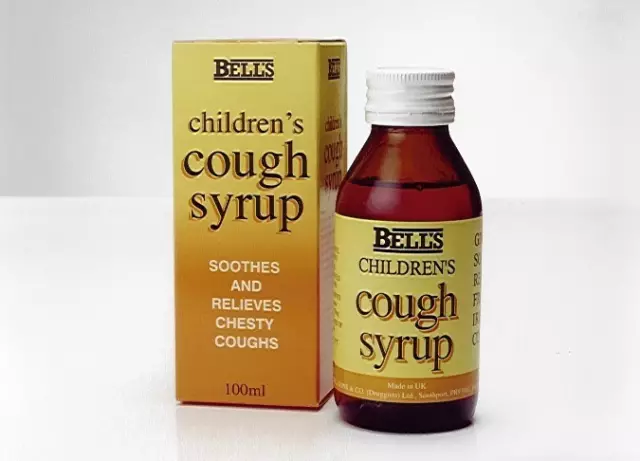- Author Rachel Wainwright [email protected].
- Public 2023-12-15 07:39.
- Last modified 2025-11-02 20:14.
Myopia treatment in children
Nearsightedness (myopia) is an abnormality of refraction that focuses the image of objects in front of the retina, as a result of which a person sees well near, but poorly distinguishes objects at a distance. The disease is congenital and acquired. Most often, it begins to develop in a child of primary or secondary school age with increased eye strain. The congenital form of the disease is usually diagnosed in the first year of a child's life. Its causes may be prematurity, lens pathology, some diseases (for example, Down's disease). However, the more common form of the disease is acquired.

The reasons for the development of myopia in children
There is a claim that myopia is inherited. It should be noted that not the disease itself is inherited, but the predisposition to it. If both parents of the child are diagnosed with myopia, then the likelihood of developing pathology increases to 50%.
Factors that trigger myopia include:
- improper lighting of the workplace;
- increased visual stress;
- excessive passion for watching television and computer games;
- reading regularly while lying down or in transport;
- lack of vitamins from food;
- the presence of diseases (diabetes mellitus, scoliosis).
Parents begin to suspect myopia in a child when they hear his complaints that he does not see well what is written on the blackboard, the appearance of "flies" before the eyes, headaches, increased fatigue and irritability. The child constantly squints, trying to see objects at a distance. The opinion that it is useless to treat myopia is erroneous. If left untreated, myopia can progress to worsening vision. As soon as the child begins to complain of blurred vision, it is necessary to show him to an ophthalmologist.
Diagnostics and treatment
To clarify the diagnosis, the doctor performs a visual examination and uses additional examination methods to determine the condition of the cornea, lens, fundus. To diagnose visual acuity in children over 3 years old, special tables are used. The choice of treatment methods depends on the degree of myopia, the speed of progression of the disease, the presence of a threat of complications. In all cases, it is necessary to wear corrective glasses. Their use reduces eye strain, thereby preventing further drop in visual acuity. Treatment of myopia also involves the use of drugs, apparatus therapy, physiotherapy methods. Patients are advised to perform specific eye exercises. From medications, vitamin complexes and eye drops are prescribed,normalizing blood supply to the retina and replenishing the deficiency of nutrients in the body.
Non-drug treatments include:
- vacuum massage - improves blood circulation, normalizes the work of the eye muscles;
- electrical stimulation - restores the activity of the optic nerve;
- infrared laser exposure - elimination of spasms, improvement of nutrition and blood supply to the eyes;
- electrophoresis and massage of the cervical spine;
- reflexology.
Exercises to strengthen the functionality of the eyes are easy to do at home. They include circular movements of the eyes behind and counterclockwise, shifting the gaze to different directions, pressing with fingers on closed eyes, and intense blinking for several minutes.
Prevention
When detecting myopia, it is of great importance to follow certain rules that prevent further deterioration of vision. These include:
- observance of visual hygiene; limiting the time spent in front of TV and computer screens;
- correct organization of room lighting;
- an increase in the amount of time spent outdoors;
- adherence to the rules of good nutrition, the inclusion of foods rich in vitamin A in the menu;
- annually check visual acuity with an ophthalmologist.
Weak and medium myopia at school age is well corrected, as a rule, it does not progress and does not cause severe complications.
Found a mistake in the text? Select it and press Ctrl + Enter.






